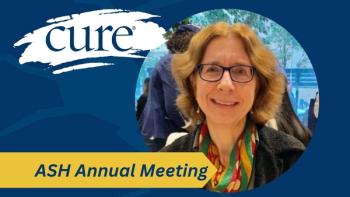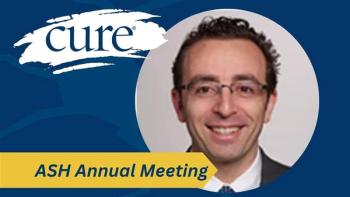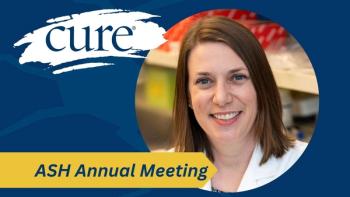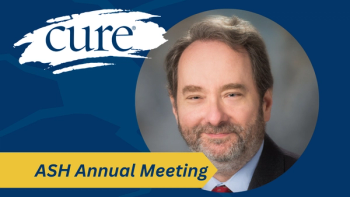
Winter And Entering Hospice
With winter upon us, a caregiver discusses how the end of life is akin to the cycle of seasons and how hospice does not have to be a challenging hurdle.
Winter is upon us, which makes me think about the seasons of life. As a physical therapist, memories return of patient deaths, including my own father, who should’ve, but like thousands of others, didn’t get the full benefit of hospice. Convincing my father he was dying and it was time to start hospice care, was harder than anticipated. These conversations are difficult, but we can and should do more to address the end of life before the dying process begins.
Forty years ago, my mother read an article about
After months, it became clear that my father’s worsening shortness of breath and oxygen dependence indicated heart and lung failure – he’d entered the early phase of dying. He and I talked about what would happen if he ended up in intensive care and after discussion, he decided to sign a Do Not Resuscitate form. He was reluctant to start hospice; he didn’t feel ready, didn’t feel like he was dying.I hadn’t expected this and only after promising him he could stop anytime he wanted, did he finally agree to start.
The hospice nurse came and assessed that he probably had less than a week left. Suddenly, time was short and heavy and we rushed to prepare the house, acquire equipment and learn how to draw up oral morphine in small syringes, while he quickly became more symptomatic and bed-bound.
Despite years of training and teaching, I’d never realized the true impact of family responsibility for all of the day and nighttime care. As he became frailer, it became difficult and even scary to turn and care for him, even for our medically trained family. I was tired, anxious, intensely “watching and waiting”, and needed nursing reassurance.
My father transitioned into a coma within a few days, with my son’s little blue stuffed elephant by his side. We waited for him to open his eyes or talk once more, but, neither happened. Looking back, our last conversation wasn’t the deeper connection I so needed. I sat waiting…watching his facial expressions change as if he was re-living life in reverse until finally, his heart just suddenly stopped. Later that night, I felt his presence stretched out, hovering overhead near the ceiling, and then he was gone.
The lessons from my father’s death are with me, influencing my teaching and work with cancer patients. His hospice nurse told me that for him, adding morphine earlier could’ve improved his breathing and extended his life, possibly by months. Starting hospice earlier could’ve provided more time and space to say goodbye.
Patients should have these conversations and make decisions with their family and doctor while still healthy. This enables earlier hospice initiation when the time comes, increasing the likelihood of a more comfortable death. My father, fortunately, had a simple death, but if he had had more hospice care, we might have celebrated his 90th birthday instead of attending his funeral.
And yet, how beautiful was the gift of his death with the kindness and assistance of the hospice team, that was started by his own wife 40 years earlier. For my father, the gentle hands of family and hospice guided his peaceful death and helped bring his life to a close.
This Share Your Story was submitted by Dr. Andréa Leiserowitz, board-certified oncologic physical therapist, double lymphedema certified, adjunct clinical professor and national speaker with expertise in cancer, exercise and end-of-life issues.





